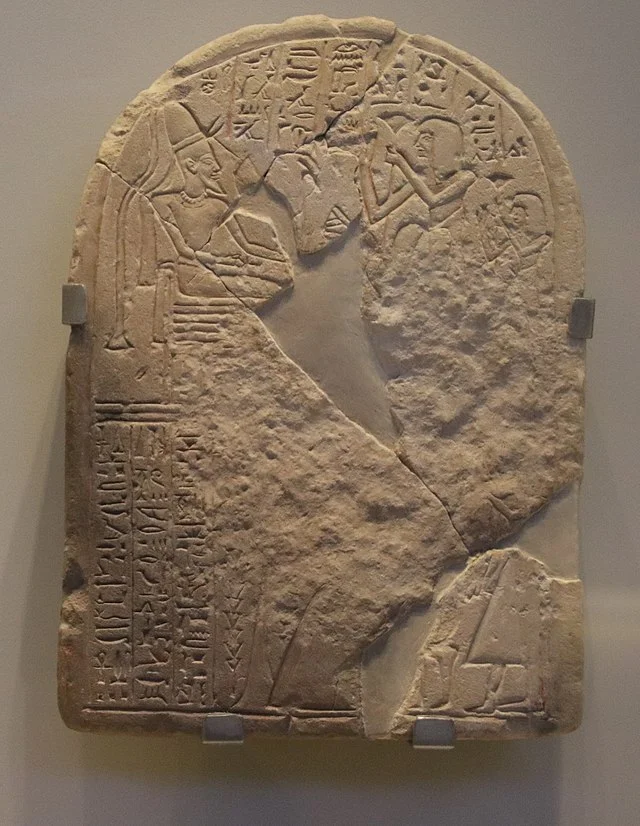The Beisan steles, also known as the Beisan Inscription, are ancient stone monuments located near the site of the biblical city of Beisan in modern-day Israel. These steles date back to the early Roman period, specifically around the first century AD. They represent a significant source of historical and archaeological information about the region during that time.
Get your dose of History via Email
Historical Context
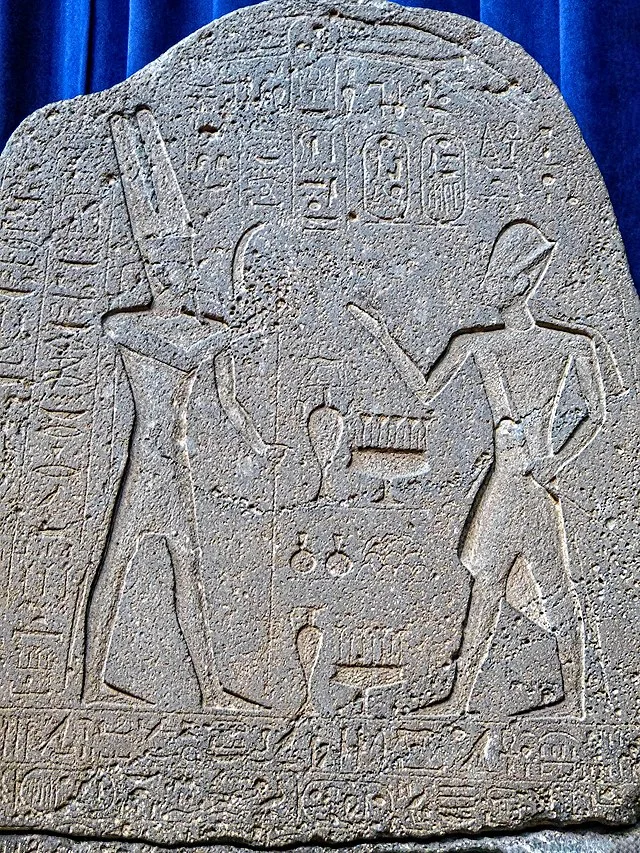
Beisan, known in antiquity as Beth Shean, was an important city in the ancient Near East. It served as a crossroads for trade and cultural exchange between various civilizations. The Beisan steles provide insight into the political and social dynamics of this region during the Roman Empire’s influence.
Physical Characteristics
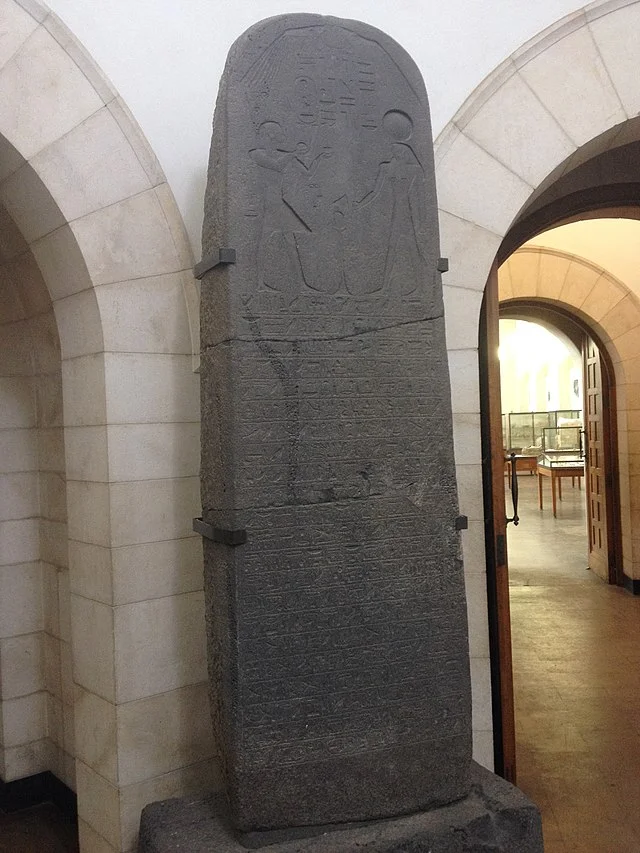
The Beisan steles are notable for their inscriptions, which are written in Greek. The stones vary in size, but they typically feature detailed carvings. These inscriptions often commemorate individuals, events, or dedications. They reflect the blend of local and Roman cultures in the area.
Inscriptions and Content
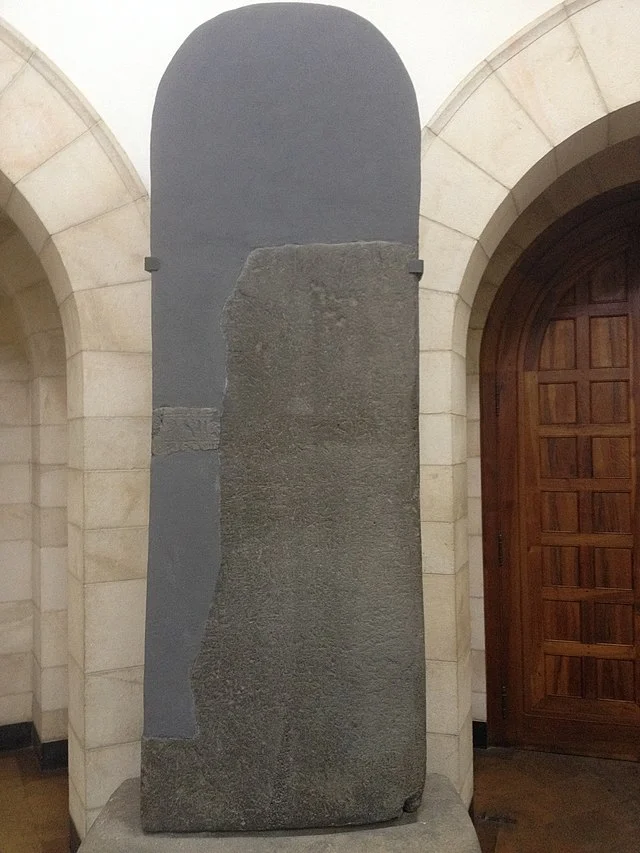
The inscriptions on the Beisan steles include personal names, titles, and references to deities. They reveal the names of local officials and prominent citizens. Furthermore, they document public works, military achievements, and religious dedications. This information helps scholars understand the local governance and societal structures of the time.
Archaeological Significance
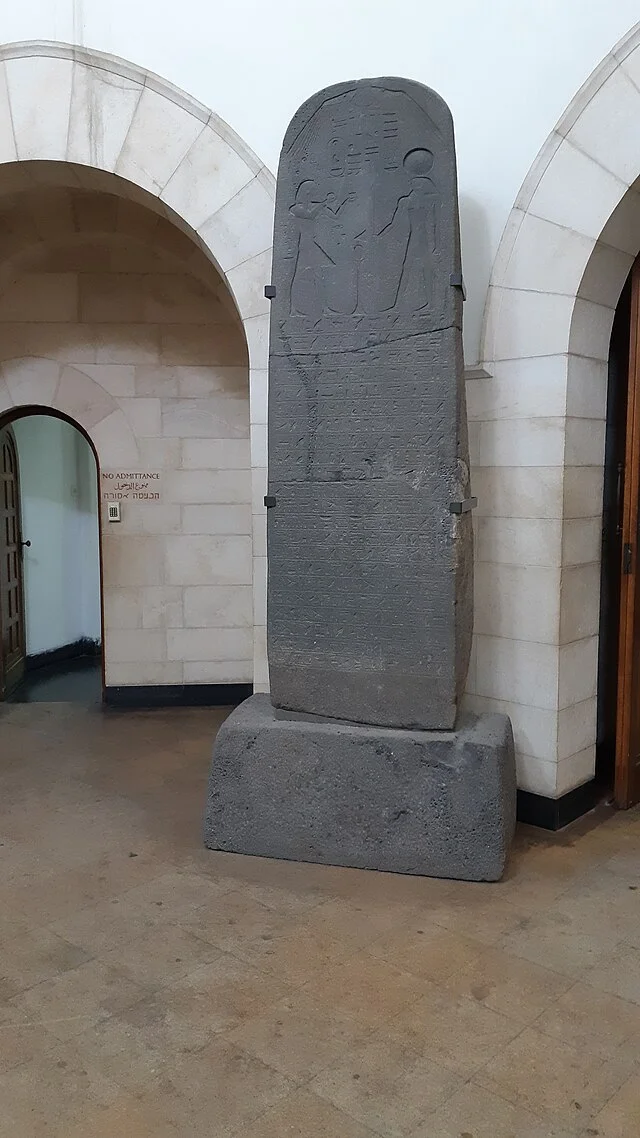
Archaeologists consider the Beisan steles a vital resource for understanding the history of the region. They provide context for the Roman period in the Levant and illustrate the integration of local cultures with Roman rule. The steles also contribute to our knowledge of ancient languages and scripts, as they reflect linguistic transitions in the region.
Preservation and Study
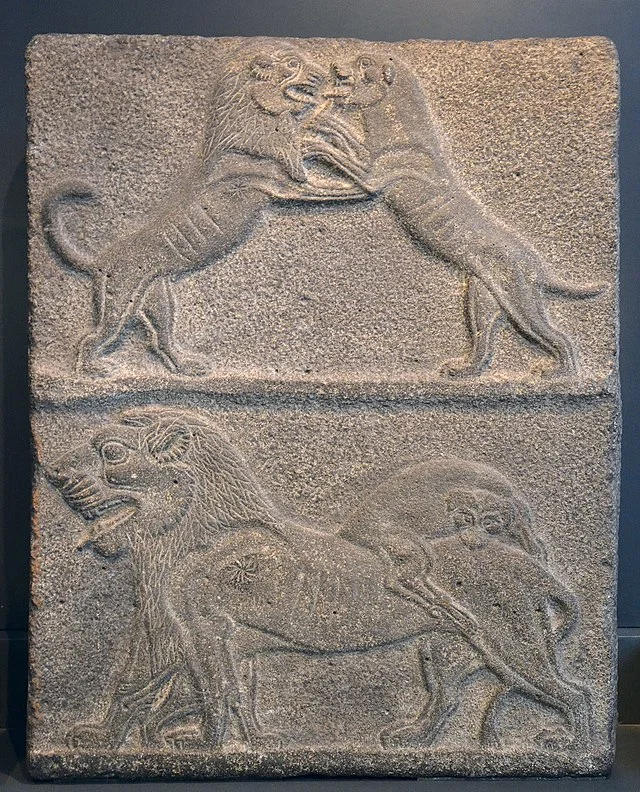
Researchers and archaeologists continue to study the Beisan steles to gain further insights into their significance. Preservation efforts are essential, as these artifacts face threats from environmental factors and human activities. Scholars use modern technology, including imaging and 3D modeling, to document and analyze the inscriptions.
Conclusion
In summary, the Beisan steles are critical artifacts that illuminate the history of Beisan and the surrounding region during the Roman period. Their inscriptions provide valuable information about local governance, society, and culture. Ongoing research and preservation efforts will ensure that these steles remain a key resource for future generations of historians and archaeologists.
Source:

